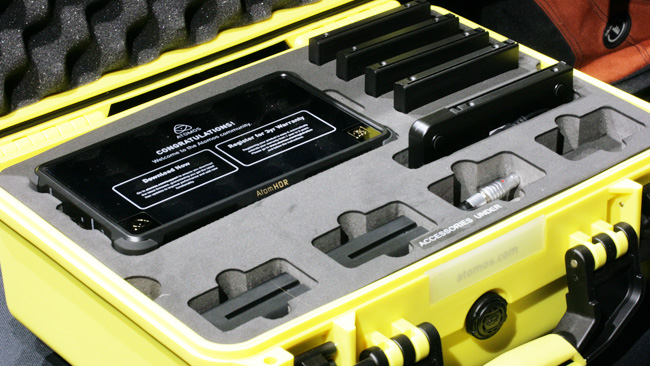
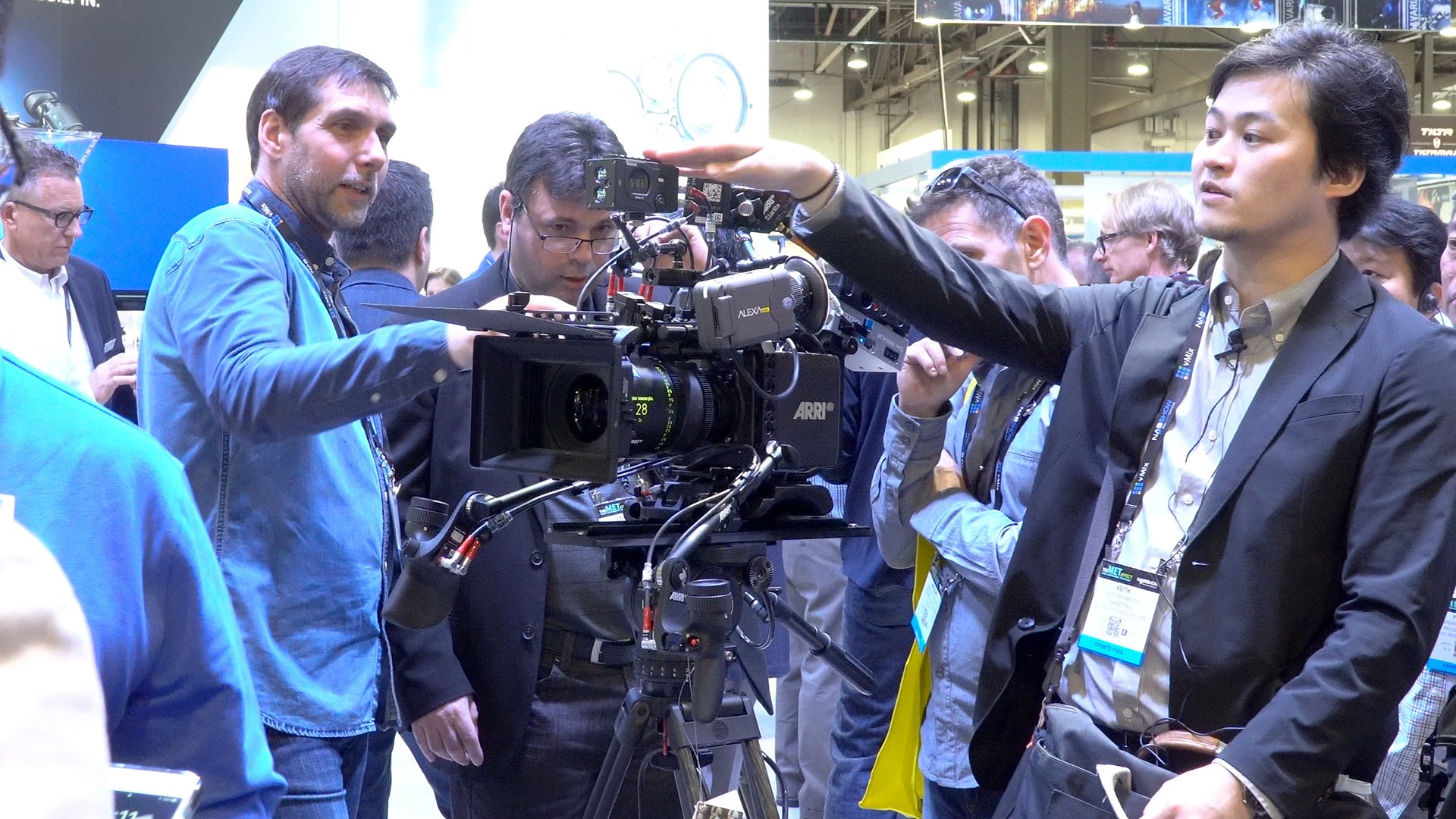
It's almost NAB time again, and as we approach the show rumours and hopes for what we see there are increasing daily. Phil Rhodes gives us his wishlist for this years show.
Every April, a large number of film and television industry manufacturers, journalists and public relations specialists go to Las Vegas and chase each other around for five days. Going by the amount of semi-solicited email that's coming in on the subject, it would seem to be that time again. If it seems a bit routine to us, consider the manufacturers who are probably sweating bullets to get things ready for the show.
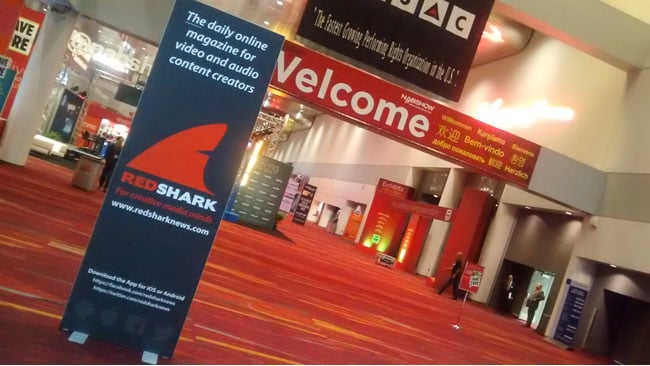
Red Shark at NAB
I'm not going to try to predict what those things are, but based on what happened last year, there are a few things I'd definitely like to see.
And a few things I'd rather were left out.
Software - More required
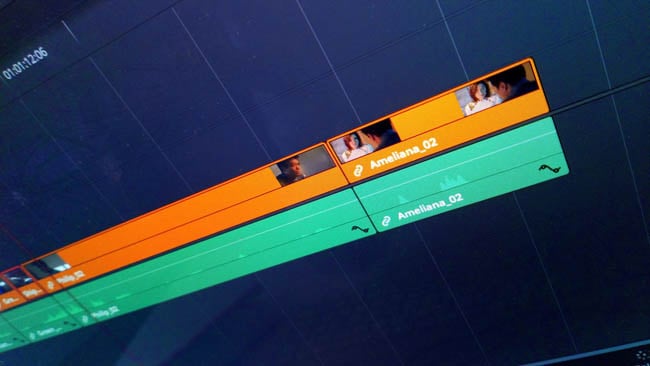
Edit timeline in Resolve
It's churlish to complain about Blackmagic and the Resolve software package. It costs either nothing or £300 and is theoretically capable of finishing a feature film without ever dropping back to the desktop. If anyone had suggested, in about 2005, that Resolve, Fairlight and Fusion would sell for the price of a set of tyres, that person would have been laughed at.
The thing is, great as it is, Blackmagic's software package still doesn't quite replace something like the Adobe creative suite. It will do much the same job much of the time, but nobody has a realistic alternative to Photoshop and even if Fusion could do everything After Effects can do, it suffers the problem of not being After Effects. The issue of sheer user habituation sounds trivial – how terrible that someone might have to learn something new – but with software of this complexity, it can be very hard to drop a career's knowledge and start again.
As Grant Petty put it once, it's not very clear what else Blackmagic is supposed to do for filmmakers at either the low or high budget ends of the scale. But whichever company does it, and whatever anyone's opinion of Adobe, it would be nice to see even greater competition for the space occupied by all the various parts of Creative Cloud. Competition is good for the market, and no matter how great Resolve is (and it is great) there is lots of room for more.
Giant LED displays – more not required
In a city full of giant signs, Sony's huge and staggeringly high-resolution LED video wall has ably held the attention of NAB attendees for the last couple of years. In 2018 they had a larger one than in 2017, and both are examples of the very finest video displays ever made. As ever, Sony has taken a technology that's being made by a lot of people and put a very high-end spin on it, and they have turned the quality knob all the way up to eleven, probably by not minding how much it costs. It's quite safe to assume that the technology comes at staggering cost, but then something has to be best, and it's always likely to be the priciest. [Editor's note: Sony's Direct View LED screen technology is significantly different from conventional screens in that it allows for large areas of pure black between the pixels. This is what gives it such extreme contrast.]
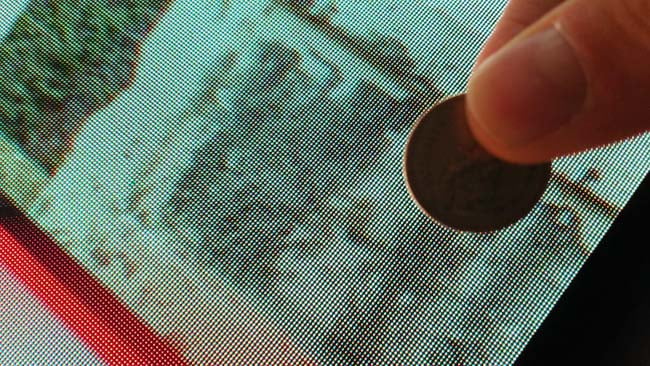
LED video wall resolution. That's a British penny, a fraction larger than a US cent, and it's in contact with the LEDs
it doesn't quite match the brightness of the real world. Put a picture of the sun on the display and it doesn't blind the audience and cast their shadows on the back wall, as if that were desirable anyway. In the end, But the effortlessly vast contrast and brightness performance and massive excess of resolution mean that as far as conventional cinema and television go, we have arrived.
They could make it cheaper, and reliability of that many LEDs is a factor. Talking to the technical people at UK cinema chain Odeon, they're very aware that LED video walls (of all types – not just Sony's) are becoming a plausible replacement for projection displays in exhibition venues. The problem is upkeep. Replacing failed blocks and matching them in to the rest of the display is a pain, with the typical failure mode of an LED video wall creating a complete mess, with visibly-discoloured blocks of image and sometimes strange, brightly-coloured artefacts. We have no idea how reliable Sony's display is – probably pretty good; it's Sony – but those are the factors that scare people off.
But good grief, it doesn't really need to get much better, at least in the realms of popular film and TV.
Raw file formats – too much
Two of the most prominent manufacturers in film and TV equipment have launched compressed raw file formats in the last year or so. With Red already in the mix, that's three different, mutually-incompatible formats to do much the same thing, give or take some bells and whistles. Add uncompressed options, and there's almost one per camera. Blackmagic have taken the decision to remove CDNG support from their cameras, but that won't necessarily stop other cameras from continuing to shoot CDNG, and then there's the manufacturer-specific formats.
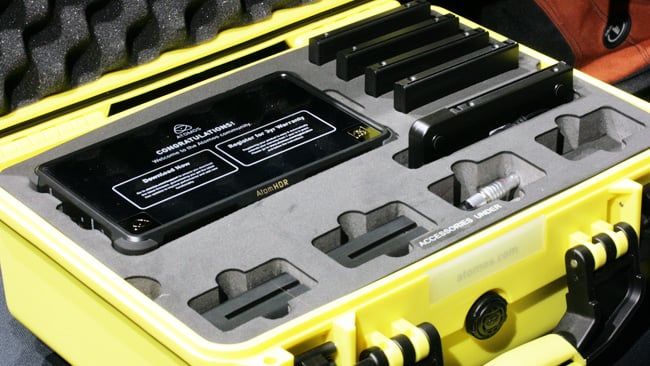
Various manufacturers have implemented various approaches to raw recording, with various caveats and capabilities
Competition is one thing; balkanisation is another. We can hardly expect these organisations to preemptively declare their pet format obsolete, but we can hope there won't be any further proliferation.
HDR standards – way too much
HDR will never be simple now TV manufacturers have decided it's OK for various TVs to have various levels of capability. Even so, with at least three principal competing formats for HDR distribution, with a myriad of confusing sub-levels and shared characteristics, HDR finishing has become much more complicated than it needs to be. This is a huge shame, considering it is widely liked; it'll be holding up adoption both at home and in production.
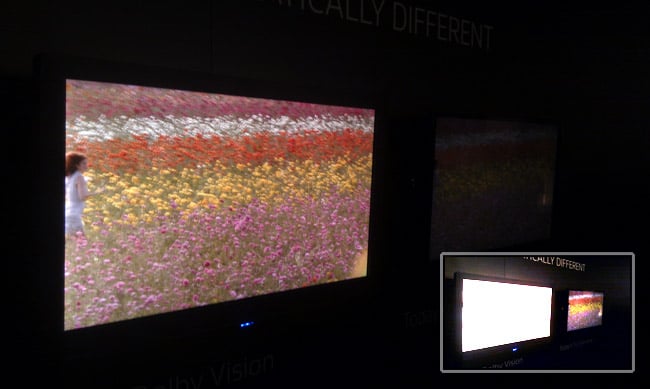
This shot of the Dolby booth at IBC is still probably the best way to demo HDR on normal displays. Inset what the comparison looks like exposed for the SDR display (right)
So, even more than raw file formats, there's a need for a clear and steady eye on the road ahead here. Anyone looking to make money out of controlling things might bear in mind the fact that making it too complicated could kill the whole thing before it gets far down the road to widespread acceptance, and that would be a massive shame.
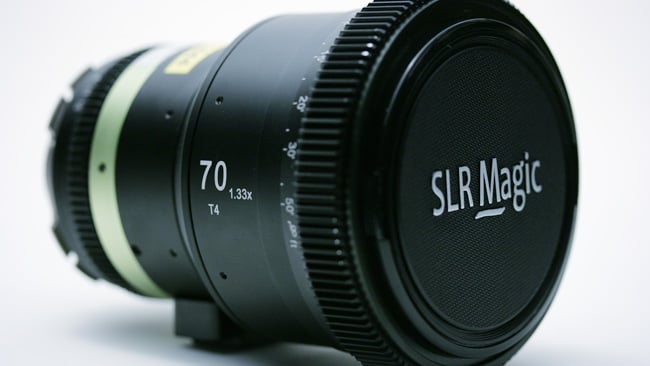
The SLR Magic anamorphics are comparatively affordable, with the emphasis on comparatively
Anything else?
Cheap anamorphics, anyone? And flying pigs, too.
Title image`: Shutterstock - BrandonKleinVideo
Tags: Production



Comments